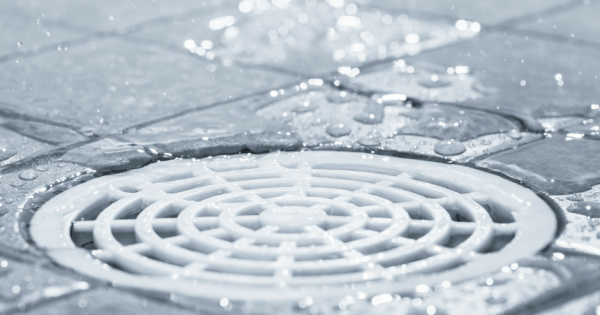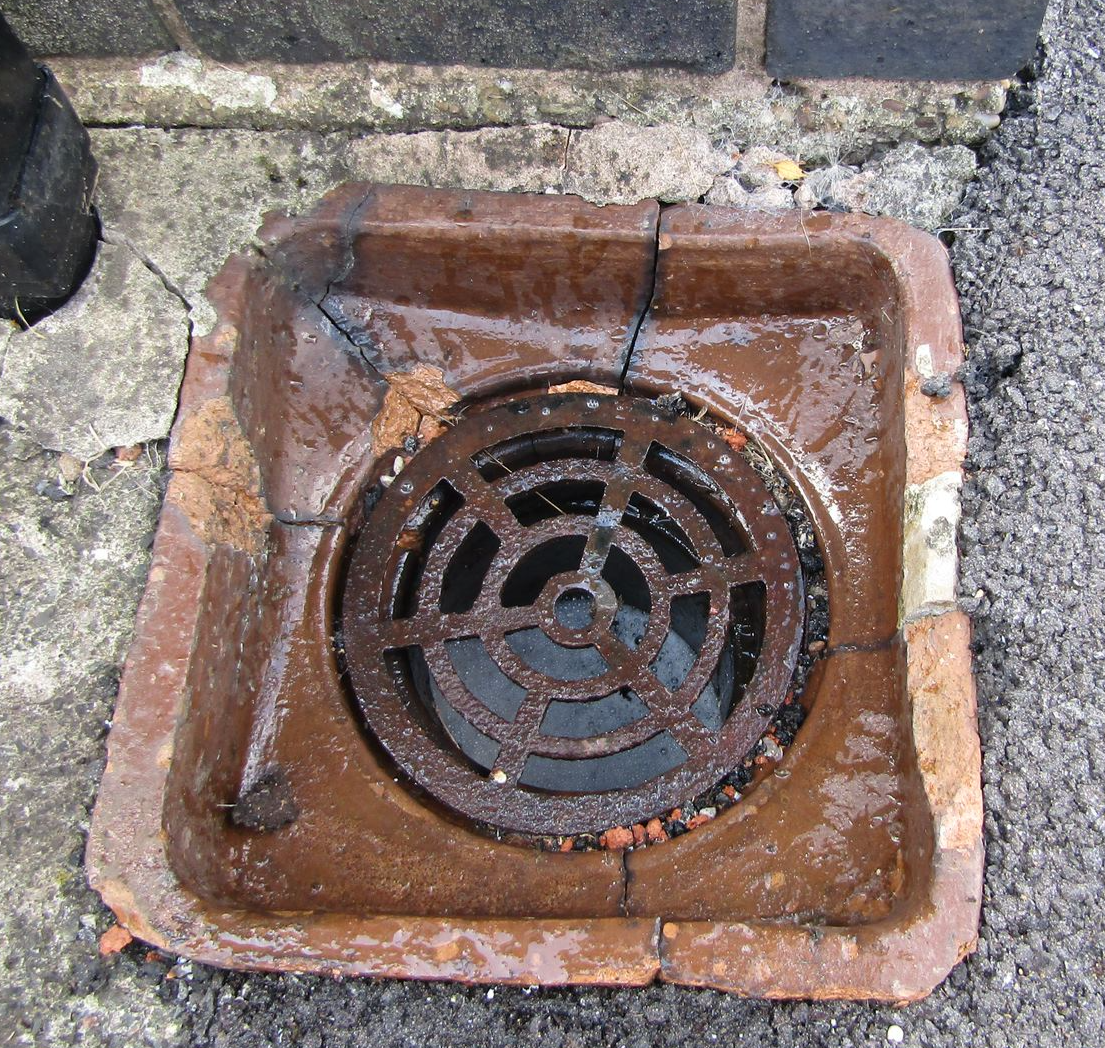Approaches for Dealing with a Blocked Drain Prior to Seeking Plumbing Experts
Approaches for Dealing with a Blocked Drain Prior to Seeking Plumbing Experts
Blog Article
They are making a number of good observations on Tips for Dealing with Clogged Drains and Sewer Lines overall in this great article directly below.

Introduction
Handling an obstructed drainpipe can be an irritating experience, interrupting everyday tasks and possibly creating damage to your residential or commercial property. Nonetheless, prior to connecting to plumbing specialists, there are actions you can require to resolve the issue on your own. In this overview, we'll check out DIY services and preventive measures to tackle an obstructed drainpipe properly.
Determining the Issue
The initial step in addressing an obstructed drain is identifying the signs. Slow-moving drain, gurgling noises, foul odors originating from drains, or water support up prevail indicators of a blocked drainpipe. Identifying these indications early can aid stop even more complications.
Selecting the Right Plumbing Service
When choosing a plumbing service, take into consideration elements such as experience, licensing, and client testimonials. Pick a reputable plumbing professional with a track record of quality workmanship and clear prices methods.
Cost Factors to consider
The price of expert drainpipe cleaning company can vary relying on the seriousness of the obstruction and the plumber's rates. Demand quotes from multiple providers and ask about any added fees to make certain transparency and prevent shocks.
Safety Precautions
When attempting DIY drainpipe cleansing, focus on security. Use protective handwear covers and glasses to stay clear of contact with damaging chemicals or germs. Never blend different drainpipe cleaning items, as this can create harmful fumes.
Instance Studies
Real-life instances illustrate the effectiveness of do it yourself services and the significance of prompt professional treatment in solving drainpipe obstructions.
Usual Causes of Blocked Drainpipes
Recognizing the aspects that contribute to drain pipes obstructions is necessary for effective resolution. Typical wrongdoers include hair, soap scum, grease, food debris, and foreign objects like sanitary products or paper towels. Tree origins attacking below ground pipelines can also create significant blockages.
Do it yourself Solutions
For small obstructions, numerous do it yourself options can be reliable. Pouring boiling thin down the drain can help liquify oil and debris. Baking soda and vinegar or a mix of salt and baking soft drink can act as all-natural cleansers. Utilizing a plunger or pipes serpent to remove blockages is one more choice.
Devices and Devices
Having the right tools on hand can make DIY drain cleaning up more effective. A plunger is a flexible tool for removing clogs in sinks, toilets, and showers. A pipes serpent or auger can get to deeper clogs, while drainpipe cleansing chemicals can be utilized meticulously for persistent obstructions.
Preventive Measures
To avoid future clogs, adopting safety nets is crucial. Mount drainpipe guards or strainers to catch hair and debris prior to they get in the pipes. Routinely flush drains with hot water to liquify grease buildup, and avoid getting rid of oil or solid waste down the tubes.
When to Call a Professional
While DIY services can deal with minor clogs, certain indications show the need for expert support. Relentless blockages, foul odors despite cleaning up efforts, or numerous drains pipes supporting all at once are red flags that necessitate expert treatment.
Verdict
By adhering to the suggestions described in this guide, you can successfully deal with obstructed drains and protect against future pipes issues. Whether choosing do it yourself options or seeking specialist help, punctual activity is key to maintaining a healthy pipes system and maintaining the stability of your home.
WHAT I LEARNED FROM TRYING TO DEAL WITH A CLOGGED DRAIN
We have had our share of seepages and other annoying things that are part of living, especially in an apartment complex. And if there’s one thing that’s terrifying for a homeowner—or even someone in a rented home—it is a clogged drain, indoors or outdoors.
We enjoy our living space, but it’s simply a fact of life that dead skin, soap and a host of other items go down the drain; eventually, the residue builds up and prevents anything from moving. Ugh.
Not Calling A Professional
Of course, it might seem simple to just whip the pipe off under the sink and see if you can unblock it. Unfortunately, what if the blockage isn’t there, or you don’t reconnect it properly? Worse, you might break a piece and have no drainage system. Can you imagine that scene? Yuck!
Not Watching Your Waste
This will sound d’uh, but the best tip I can give you for drain cleaning is to avoid clogging the drain in the first place! You can do this by monitoring what goes down the drain and catching the items which are most likely to give you a problem. Invariably hair, vegetable peels, and large wads of toilet paper are the most obvious culprits. Add a filter—these are available in hardware stores and can be removed and cleaned easily.
Poking The Drain
The first urge with a clogged drain is to poke at it with a stick or anything that resembles a stick. Sadly, this does not result in magically solving the issue. The mental image is, naturally, one of the stick just pushing through the offending item and all is well again. Reality is quite different and unpleasant and likely to lead to further problems.
The thing is, every drain has a series of bends that are not visible to us. Drains are built this way to prevent gases from entering the house. What happens when you poke a stick into the drain? Of course, it can’t bend around the corner. The more adventurous people will use force and end up wedging the stick or causing it to break off in the pipe—creating an even bigger issue. Worst thing? The stick will shift the block further down the pipe, creating the space for more to collect. Go ahead! Roll your eyes!
Using The Wrong Plunger
You know what they say: the right tool for the right job! Did you know there are different types of plungers besides the basic one we keep at home for an emergency? Yes, there are. For example, the toilet plunger has a bell-shaped bottom while the sink plunger is flat. This is an important difference and using the wrong plunger will be useless. There’s also a knack in using plungers—they must be placed in such a way that they create an airtight seal and then, moved slowly up and down—not as fast as we imagine.
https://vidyasury.com/2018/01/learned-trying-deal-clogged-drain.html

I stumbled upon that blog entry on 8 Tips For Clearing A Blocked Drain while doing research the internet. For those who appreciated our blog posting if you please don't forget to share it. Many thanks for going through it.
Call Today Report this page